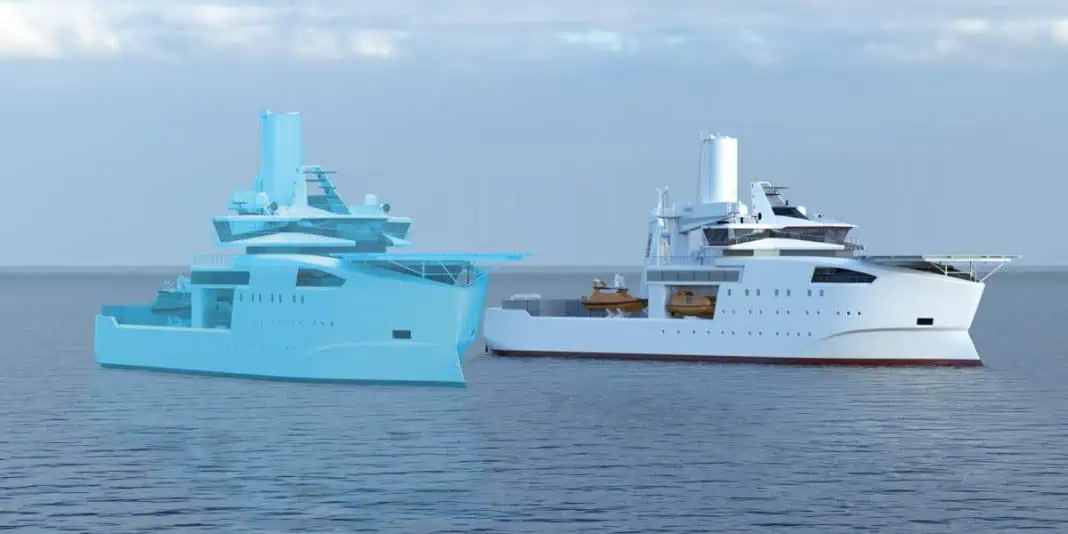VARD secures funding by The Norwegian Research Council for research on energy efficiency optimization on zero emission designs.
ICHzero
The urgent demand for renewable energy production has resulted in many offshore wind projects. To build and operate offshore wind parks in a sustainable way, there is a significant demand for service operation vessels (SOV) designed with zero-emission requirement. VARD receives 4, 95 million NOK from The Norwegian Research Council to research the possibility for digitalized HVAC-systems. These systems will contribute to obtain zero-emission’s for SOVs.
Ship design for zero-emission
Ship design is a complex process, scattered throughout many different technical systems, software applications and information silos. With the increasingly stringent environmental and technical requirements ships are getting even more complex and integrated.
Understanding how the subsystems interact and influence the overall system behaviour is paramount in successful ship design. Since the power generation on future SOVs is expected to be based on battery solutions with offshore charging, it is of crucial importance to reduce the ship’s energy usage, including heating, ventilation and cooling (HVAC) systems.
The ICHzero-project
In this innovation project, ship designers, ship owners – like Norwind Offshore, equipment suppliers and researchers collaborate to develop innovative HVAC design solutions to support energy-efficient and zero-emission operation of SOVs.
To achieve this, a digital simulation twin of the HVAC system will be developed, based on collection and processing of operational data, prediction of heating and cooling loads, and modelling and design of innovative HVAC technologies with combined heating and cooling.
The HVAC digital twin enables simulations to guide ship designers in identifying the most efficient designs for future projects, and can be used as a crew decision support tool for predictive planning of energy production and storage.













